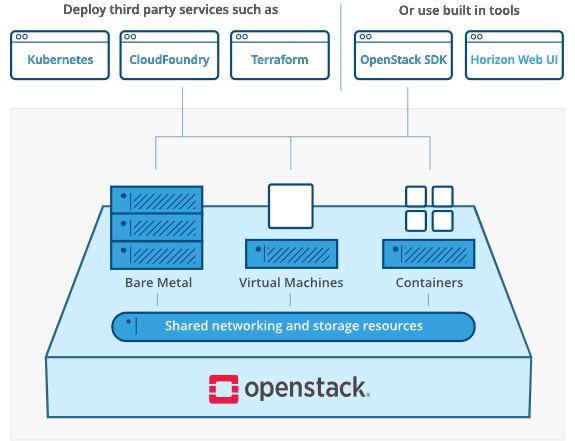This week has been busy, but there is a new version of the Kioxia KumoScale product. Kioxia KumoScale 3.19 adds support for nvme.py for OpenStack integration as well as some useful SSD management tools for the scale-out storage solution.
Kioxia KumoScale 3.19 Adds OpenStack and SSD Management Support
For those who missed our previous Kioxia KumoScale coverage when it focused on Kubernetes here is the basic architectural diagram for the software:

The solution is built around NVMeoF and now KumoScale is available for OpenStack Xena integration. We covered the OpenStack Xena release after it added 10M cores in 1 year recently. OpenStack, as the de facto way to build a private cloud today naturally needs storage and that is why the KumoScale integration is a big deal. The new solution also includes support for volume snapshots as well as Kubernetes CSI and Ansible support for snapshots and clones.

On the management side, KumoScale has what is called “operator-driven SSD device management.” This effectively supports features like:
- Adding and removing SSDs from storage pools
- Migrating data on one SSD to another without interrupting I/O
- Blinking the LEDs of SSDs safe for physical removal
- Upgrading SSD firmware (Source: Kioxia)
The way that KumoScale does this is by declaring what state the system should be in. For example, that a SSD needs to have a new firmware version or a drive’s data needs to be migrated to another drive so it can be removed safely. That is the operator control structure and helps manage NVMeoF storage at scale.
Final Words
One day, this is a solution we want to see if we can get setup in the lab and actually show off. Perhaps that is a 2022 goal for STH. What would be extra-cool is also using DPUs to deliver the NVMe storage to nodes. Overall, these are great new features and the integration with OpenStack is nice. OpenStack is almost a sleeper growth technology in the industry. It is not discussed as much, especially due to early pains in setting up OpenStack, but it has matured and is running very large private clouds. It is great to see Kioxia support this ecosystem.



